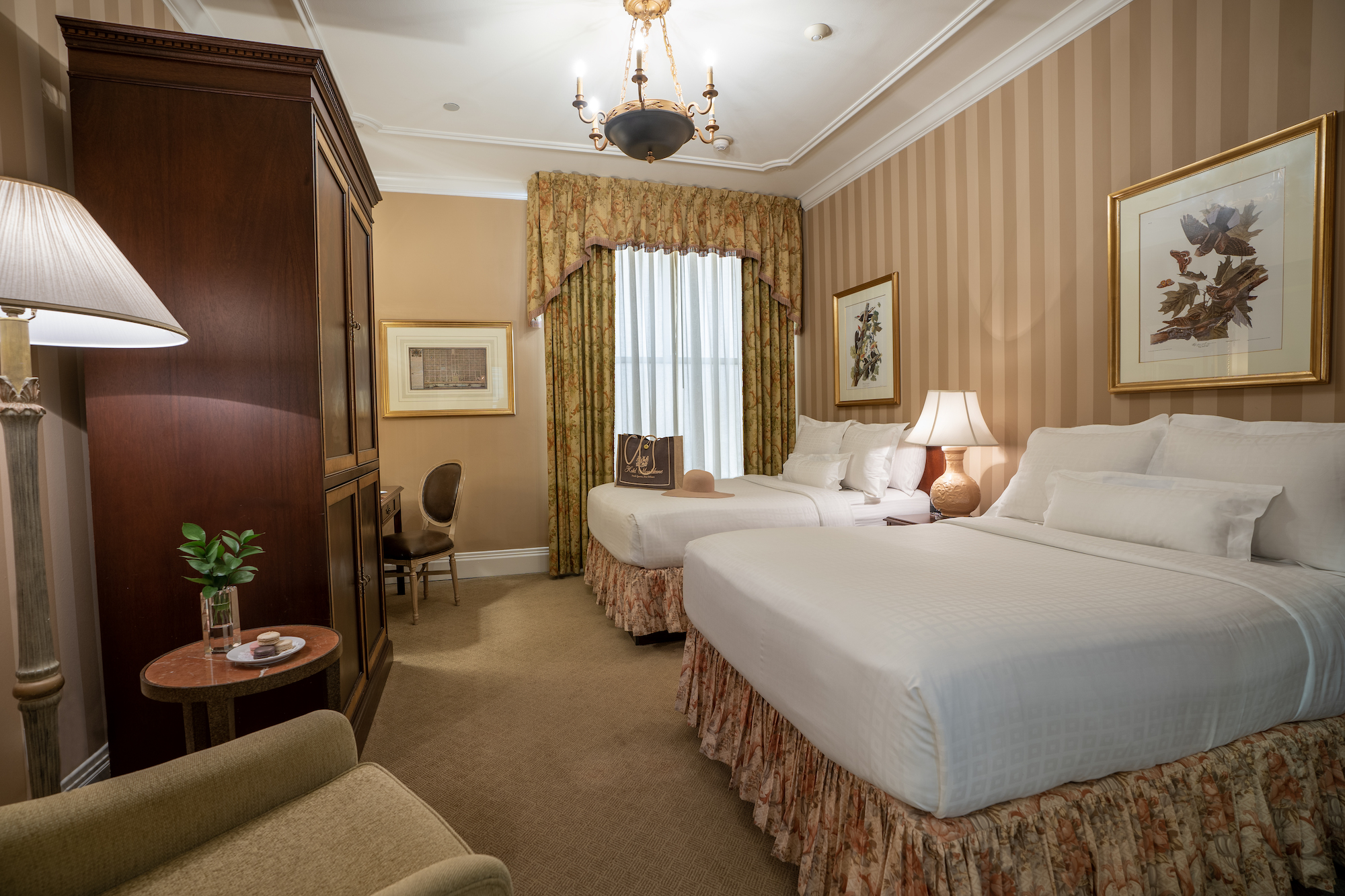New Orleans, a city renowned for its vibrant culture, rich history, and iconic music scene, is also a major destination for travelers from around the world. With its unique blend of French, Spanish, African, and American influences, the city attracts millions of visitors each year. One of the key factors that contribute to New Orleans’ appeal as a tourist destination is its extensive hotel infrastructure. Understanding how many hotel rooms are in New Orleans provides insight into the city’s capacity to accommodate guests and supports the local economy through tourism and hospitality.
The Scale of Hotel Accommodations in New Orleans
As of the latest available data, New Orleans is home to over 30,000 hotel rooms across more than 150 hotels. This figure places the city among the top destinations in the United States for hotel room availability. The number of rooms fluctuates slightly depending on the time of year, with seasonal demand affecting occupancy rates and temporary closures or renovations. However, the overall capacity remains substantial, ensuring that both leisure and business travelers can find suitable accommodations.
The distribution of hotel rooms varies across different neighborhoods within the city. The French Quarter, known for its historic architecture and lively atmosphere, hosts a significant portion of these rooms. Additionally, areas such as the Garden District, Uptown, and the Warehouse District also offer a range of lodging options, catering to different budgets and preferences. From luxury boutique hotels to budget-friendly chain hotels, the diversity of accommodations reflects the city’s broad appeal.
Key Hotel Chains and Their Presence in New Orleans

Several major hotel chains have established a strong presence in New Orleans, contributing to the city’s hotel room count. These include brands like Marriott, Hilton, Hyatt, and Choice Hotels, which operate multiple properties throughout the region. For example, the Marriott New Orleans has over 700 rooms, while the Ritz-Carlton in the French Quarter offers a high-end experience with approximately 200 rooms. These large-scale properties play a crucial role in accommodating international and domestic travelers, particularly during peak seasons such as Mardi Gras and Jazz Fest.
In addition to international chains, locally owned hotels and boutique establishments provide a more personalized experience. These smaller properties often emphasize unique design elements, local art, and cultural authenticity, making them popular choices for tourists seeking an immersive stay. The combination of large hotel chains and independent accommodations ensures that visitors can find a wide range of options to suit their needs.
Seasonal Variations and Impact on Hotel Room Availability

The availability of hotel rooms in New Orleans is influenced by seasonal trends, with certain times of the year experiencing higher demand. For instance, the months of February and April are typically the busiest due to events like Mardi Gras and the New Orleans Jazz & Heritage Festival. During these periods, hotels often operate at full capacity, and prices may increase significantly. Conversely, the winter months tend to see lower occupancy rates, offering more availability and potentially lower rates for travelers willing to visit during off-peak times.
It’s also important to note that the city’s hotel industry is affected by external factors such as natural disasters, economic shifts, and changes in travel patterns. Hurricane Katrina, for example, had a profound impact on the city’s hotel sector, leading to a temporary decline in available rooms. However, the recovery efforts and continued investment in the hospitality industry have helped restore the city’s capacity to welcome visitors.
The Role of Hotels in Supporting the Local Economy

Beyond providing accommodations, hotels in New Orleans play a vital role in supporting the local economy. They create employment opportunities for residents, generate revenue through taxes, and contribute to the success of nearby businesses such as restaurants, shops, and entertainment venues. The hospitality sector is one of the largest employers in the city, with thousands of workers relying on the industry for their livelihoods.
Moreover, the presence of a robust hotel infrastructure enhances the city’s ability to host large events, conferences, and sporting events. These gatherings bring in additional revenue and further solidify New Orleans’ reputation as a premier destination. The interdependence between hotels and other sectors of the economy underscores the importance of maintaining a strong and diverse hotel industry in the city.
Conclusion
New Orleans’ hotel room count reflects its status as a major tourist destination and a hub for business and cultural events. With over 30,000 rooms spread across various neighborhoods and hotel types, the city is well-equipped to accommodate a wide range of visitors. Whether you’re planning a trip during peak season or looking for a more relaxed getaway, understanding the scale of hotel accommodations in New Orleans can help ensure a smooth and enjoyable stay. As the city continues to grow and evolve, its hotel industry will remain a critical component of its identity and economic strength.



